PR pros have made it clear which social media network is tops for connecting with media professionals—and it's not Google+.
According to the results of a recent PR News/Cision Social Media Survey, Twitter is the social media platform of choice to reach the news media and bloggers. About 35% of the nearly 300 respondents to the survey (see Fig. 1)—fielded from mid-April to mid-May 2012—say Twitter was their main platform of social outreach to those two targets.
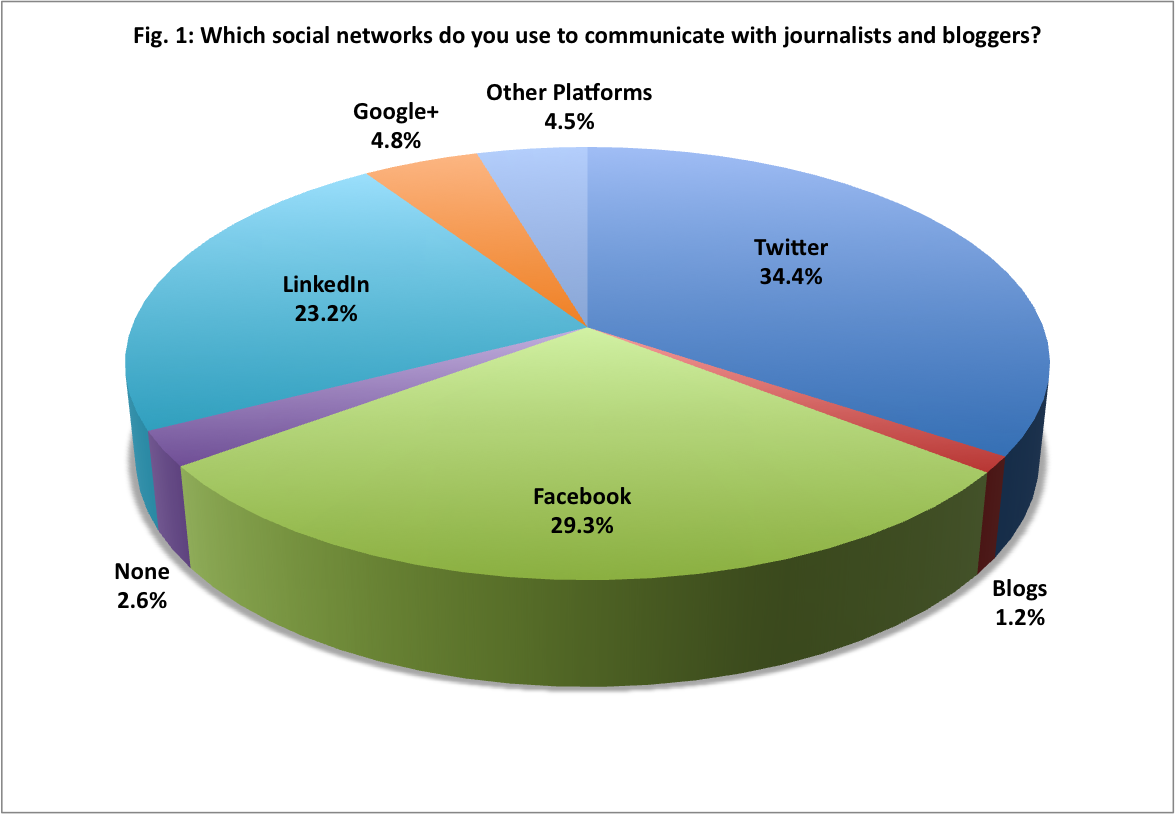
That finding does not surprised Jay Krall, business development director, Cision. “Few journalists have large Facebook presences. Nicholas Kristof of The New York Times comes to mind as an exception,” he says.
The ascension of Twitter as a means to get messages to wide audiences has been bolstered by its ubiquitous use by sports figures and celebrities, says Krall. “They are putting out the news themselves, and not through face-to-face interviews with the media,” he says.
But while a good percentage (25.1%) of survey respondents say one of their main goals with social platforms is to “create and broaden relationship with media and consumers" (Fig. 2), communications pros appear to be hesitant to use social networks to pitch stories to the media, as illustrated by the 13.1% who use them “to pitch and develop story ideas with journalists and bloggers.”
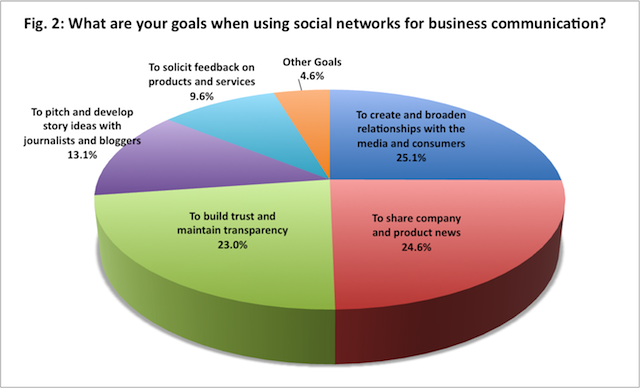
While the survey did find that organizations are making their public profiles readily available on a variety of social platforms (Fig. 3), according to Krall, when it comes to media outreach, there’s an elephant in the room: e-mail. This mainstay continues to be used heavily by communicators, particularly when it comes to sending out news releases.
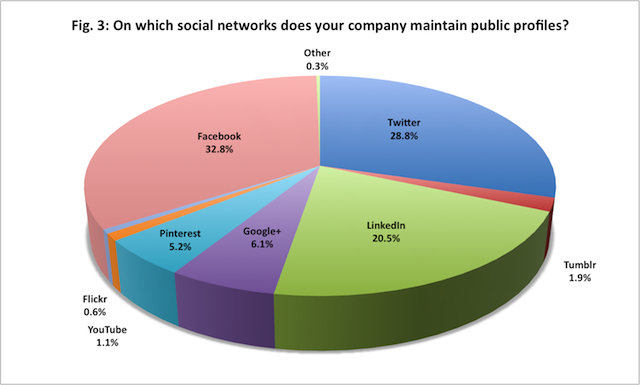
In fact, more than 90% of the respondents plan to either hold steady or distribute more press releases via e-mail in the coming months (Fig. 4). Krall foresees the day when e-mail usage to reach the media will curtail, and more direct communications will ensue via social media platforms like Twitter. “I understand that if a PR pro isn’t sure how disseminating news by social platforms will work out, they would stick with the status quo,” says Krall. “But I’m afraid that they may start to fall behind the curve if they don’t experiment with outreach via social media.”
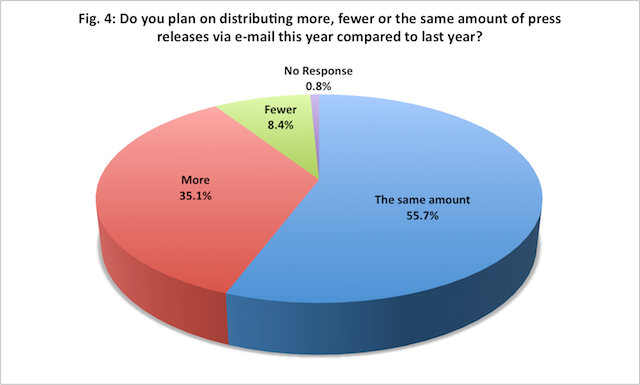
A good beginning would be to be able to identify top influencers—including journalists—on social platforms. Fig. 5, however, shows that a good chunk of the respondents (32.4%) don’t spend any time identifying influencers. But Krall says that finding may be misleading.
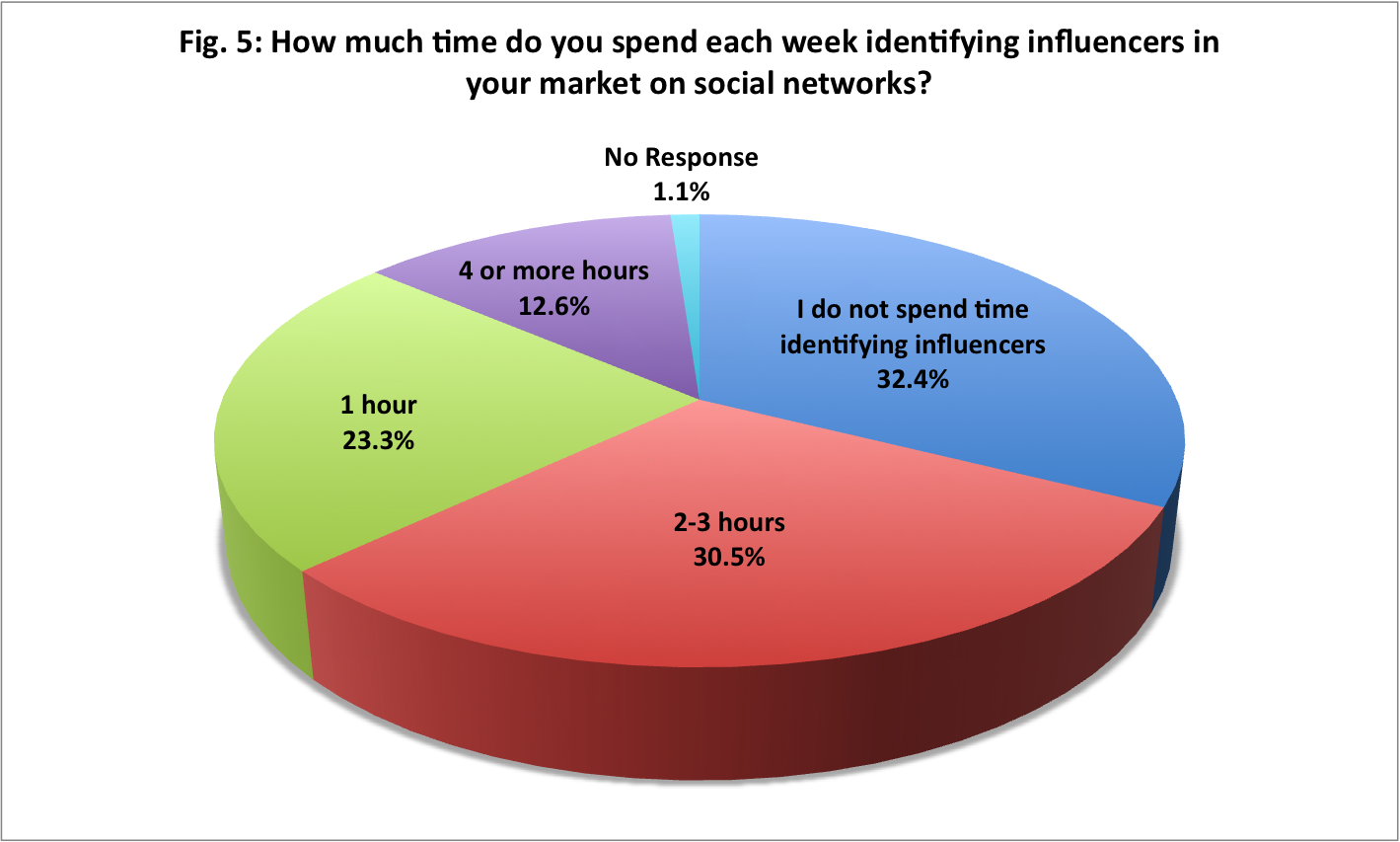
“It doesn’t surprise me that identifying influencers is not a dedicated task,” he says. “But if they are doing any kind of monitoring at all, they’re ID'ing influencers as well.” Let’s hope so.
Look for a deeper dive into the study in the May 28 premium issue of PR News.
Follow Scott Van Camp: @svancamp01
Attend PR News’ two-day Social Media Summit/Taste of Tech event June 21-22 in New York City and learn more about reaching the media via social platforms.
